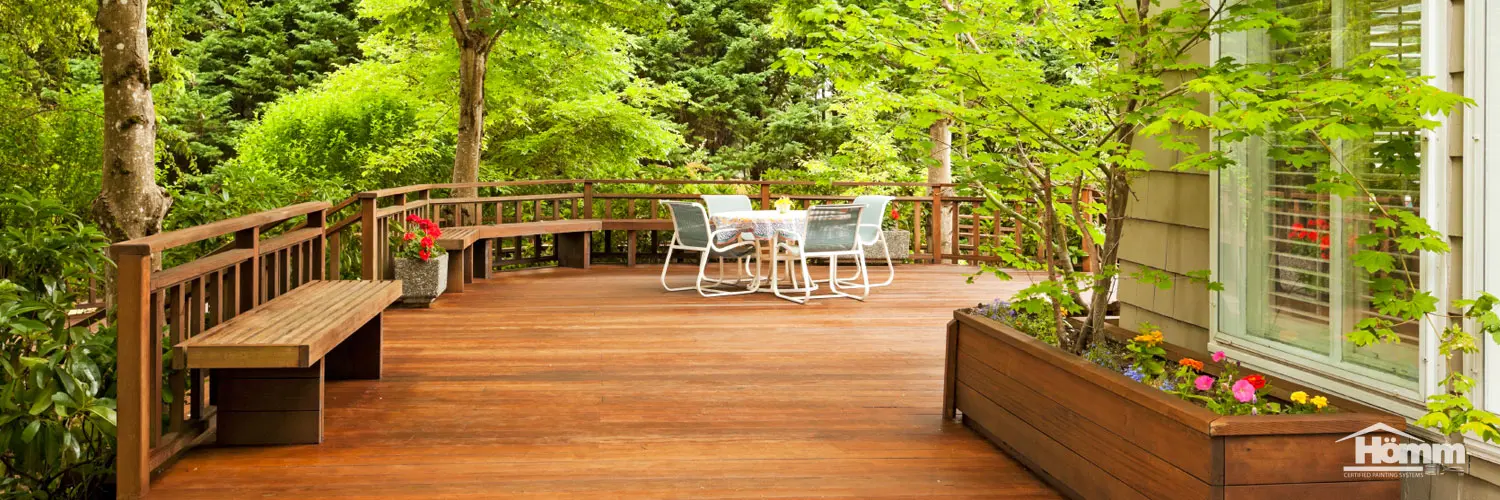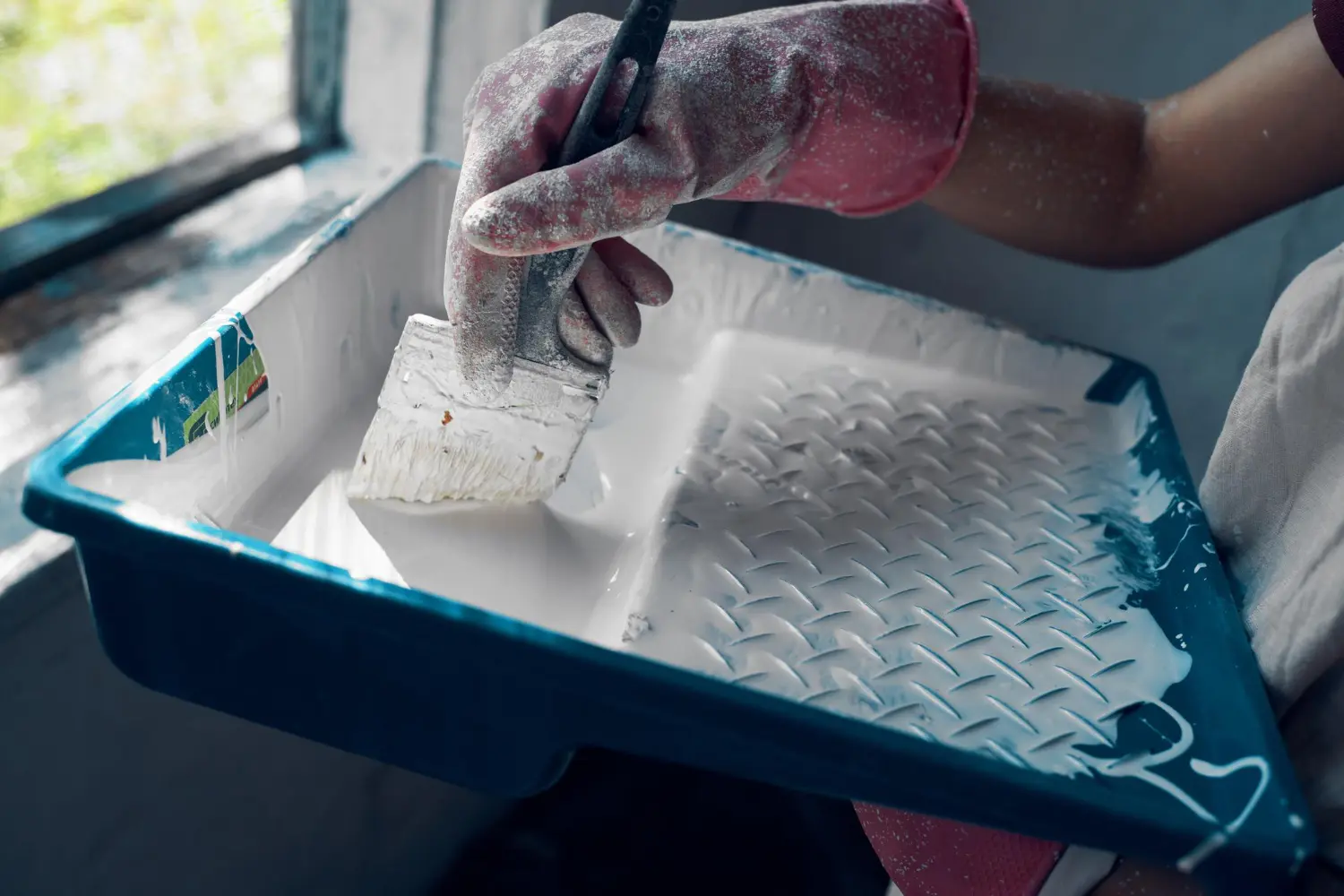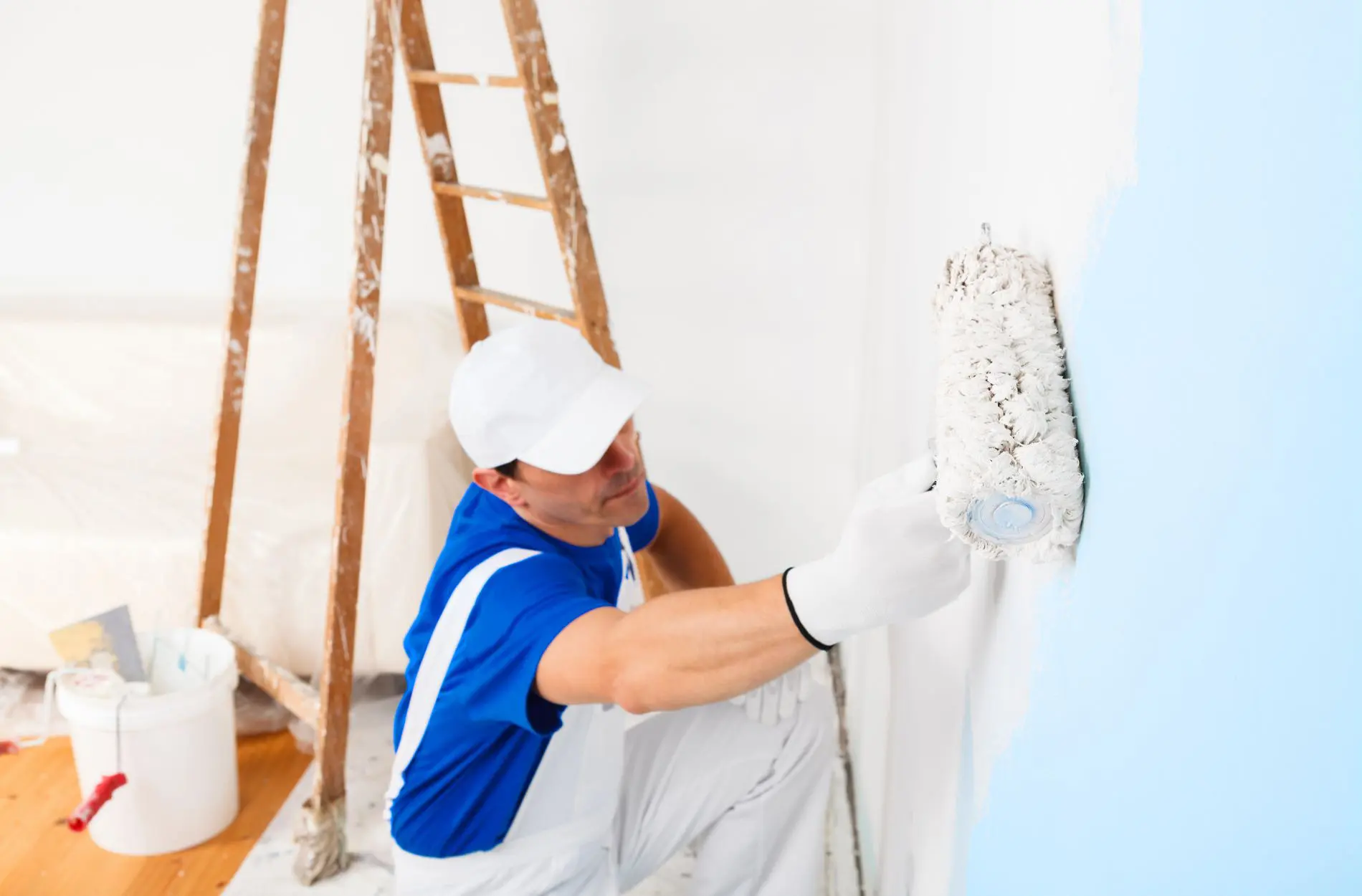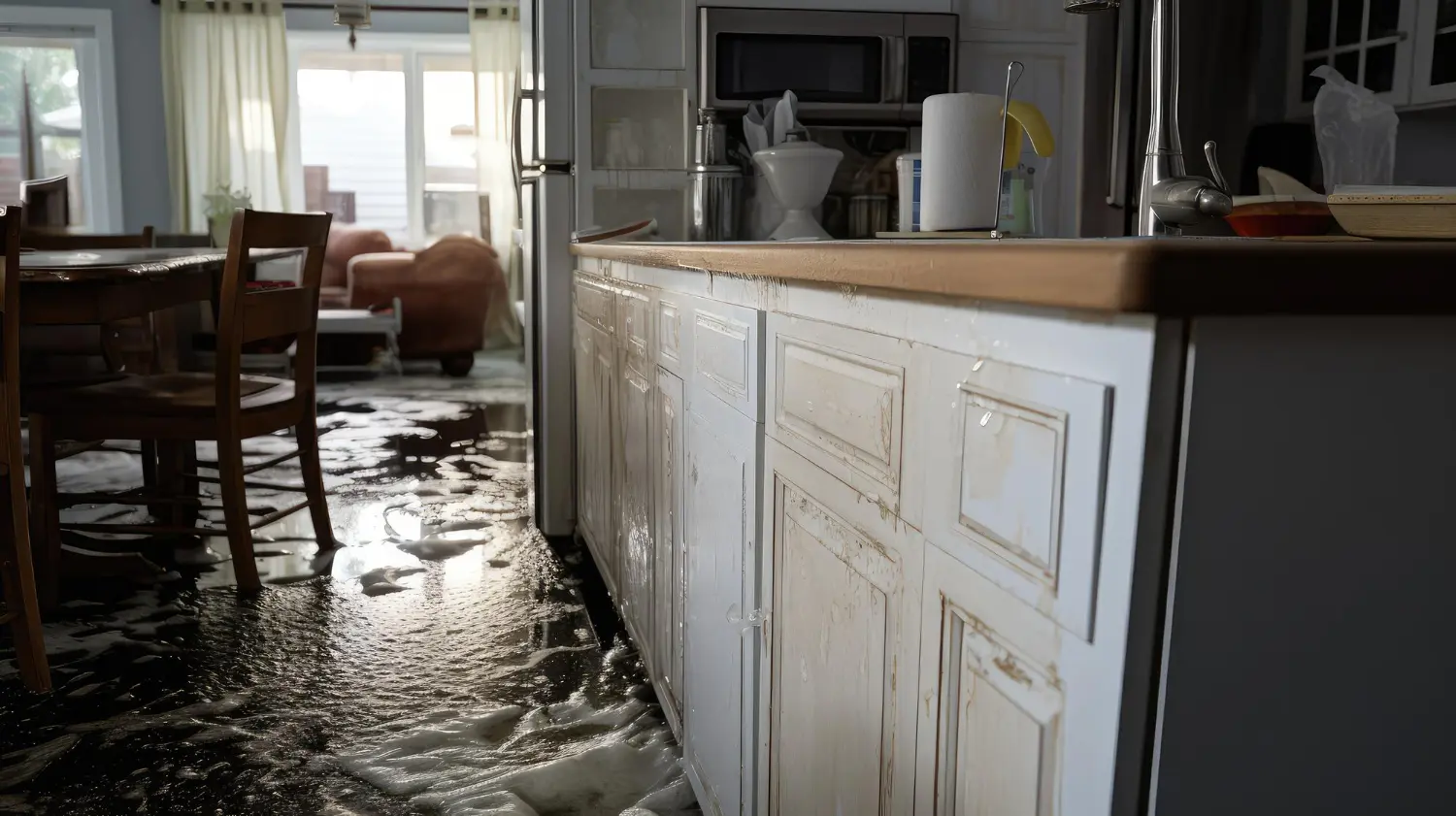Choosing the Perfect Wood for Your Home Deck: Exploring the Most Popular Wood Types

When it comes to constructing a beautiful and durable deck for your home, selecting the right wood type is crucial. With numerous options available in the market, it can be overwhelming to determine which wood will provide the best combination of aesthetics, longevity, and ease of maintenance. In this blog post, we will explore some of the most popular wood types used for home decks, shedding light on their unique qualities and helping you make an informed decision.

Cedar:
Cedar has long been a favorite among homeowners due to its natural beauty and exceptional durability. This wood type boasts natural oils that act as a preservative, making it highly resistant to decay, insects, and rot. Its attractive reddish-brown hue gives decks a warm and inviting appearance, enhancing the overall aesthetic appeal of outdoor spaces. Cedar is also lightweight, making it easier to work with during installation. However, it does require regular maintenance, including staining and sealing, to retain its color and protect against weathering.
Redwood:
Redwood, renowned for its stunning rich reddish-brown tones, is another popular choice for decking projects. Known for its natural resistance to rot and insects, redwood offers exceptional longevity, making it an ideal option for homeowners seeking a long-term investment. Its distinct grain patterns and natural beauty add a touch of elegance to any outdoor space. Redwood decks require regular maintenance, including staining and sealing, to preserve their beauty and protect against weather damage. While it is a slightly more expensive option, the durability and timeless appeal of redwood make it a worthwhile investment.
Pressure-Treated Pine:
Pressure-treated pine is a widely used wood type for decking due to its affordability and availability. Through a process of chemical treatment, pine is made resistant to rot, decay, and insects, making it a durable choice for outdoor applications. Pressure-treated pine decks can withstand harsh weather conditions and have a relatively long lifespan. However, it is important to note that the chemicals used in the treatment process can be potentially harmful to the environment and require regular maintenance to prevent splintering, warping, and discoloration. Regular staining and sealing are essential to maintain the appearance and longevity of pressure-treated pine decks.
Ipe:
For homeowners seeking a truly luxurious and exotic wood option, ipe (pronounced ee-pay) is a top contender. Also known as Brazilian walnut, ipe is a dense and exceptionally durable wood that offers unmatched resistance to rot, insects, and weathering. Its deep brown color, fine grain patterns, and natural luster create a striking visual impact. Ipe is highly resistant to scratches and requires minimal maintenance, making it a preferred choice for those seeking a low-maintenance deck. However, the density of ipe makes it challenging to work with, requiring specialized tools and expertise during installation. Its initial cost may also be higher compared to other wood types, but the longevity and durability of ipe make it a worthwhile investment.
Composite Decking:
While not a natural wood option, composite decking deserves mention for its rising popularity. Made from a combination of wood fibers and recycled plastic materials, composite decking offers the look and feel of wood without the associated maintenance. It is highly resistant to rot, insects, and weathering, making it a durable and long-lasting choice. Composite decking comes in a wide range of colors and finishes, allowing homeowners to achieve the desired aesthetic without the need for staining or sealing. However, it is important to note that composite decking may not offer the same natural beauty and warmth as real wood options.
Conclusion:
Selecting the right wood type for your home deck is a decision that combines personal preference, budget considerations, and desired maintenance requirements. Cedar and redwood offer natural beauty and exceptional durability, making them popular choices for homeowners looking for a timeless and elegant deck. Pressure-treated pine provides affordability and durability, although regular maintenance is necessary. Exotic woods like ipe offer unmatched durability and low maintenance, but they come with a higher initial cost. Finally, composite decking provides a low-maintenance alternative with a wide range of design options.
Ultimately, the choice of wood type for your home deck depends on your priorities and preferences. Consider factors such as budget, desired aesthetic, durability, and maintenance requirements. It’s also helpful to consult with professionals or visit local suppliers to see samples of different wood types and gather expert advice.
Remember, regardless of the wood type you choose, regular maintenance is essential to ensure the longevity and beauty of your deck. Regular cleaning, staining, and sealing will protect the wood from weathering and prolong its lifespan.
Investing in a high-quality wood and dedicating time to maintenance will reward you with a stunning and durable deck that enhances your outdoor living experience. So take your time, explore the options, and make an informed decision that suits your needs. With the right wood type, you’ll create a deck that becomes a cherished space for relaxation, entertainment, and enjoyment for years to come.
For more information on the services we provide or to discuss your requirements in more detail, contact a member of the team at Homm CPS today.










